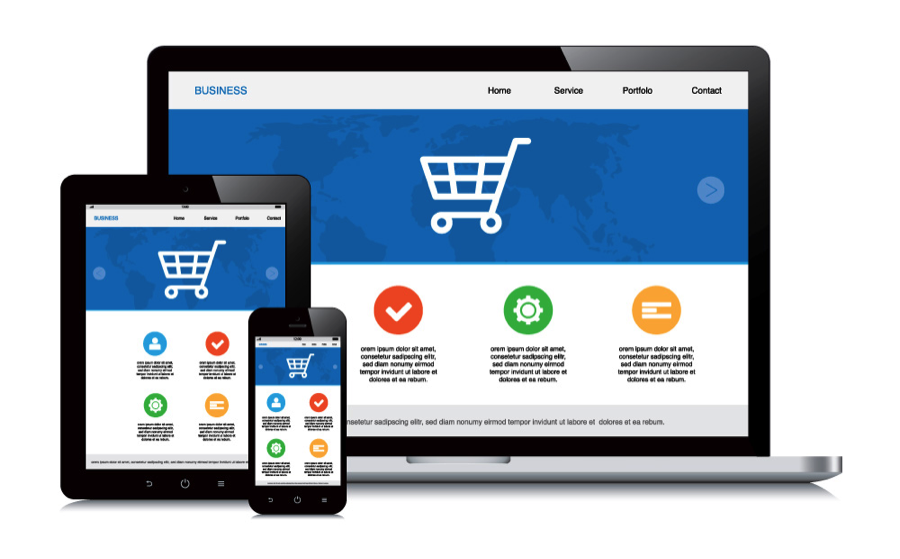There are millions of marketing messages being delivered to the world’s consumer population at any given moment. Today’s technologically advanced media is capable of some incredible sources of advertising. However, no matter how advanced it becomes, the main objective will always be to get the right message to the right consumer at the right time. To be effective, it must be done at scale, with accuracy and in real time. In the past, targeting and relevance to a specific audience didn’t exist the messages were cast out to generic populations in segments, spanning across broad ranges of consumers, hoping that the message would pertain to at least some of those that heard it, or viewed it.
The rapid proliferation of channels and touchpoints that are available to consumers is certainly not news to marketers. They know they must maintain a degree of consistency with how consumers interact with these ads across the various devices and platforms. One of the critical steps to achieving this is through programmatic advertising. Programmatic buying is now used by marketers for banner and display ads more than any other method, to the tune of 96% purchasing display. In addition, 76% of marketers are using programmatic for video, 64% for mobile devices, 55% for social media and even 16% for cable (connected) television. This form of advertising delivers the ability for marketers to bring disparate points together and provide a more holistic view of the consumer, regarding sales and the life cycle of consumer loyalty.
Programmatic doesn’t just benefit the marketers; it benefits the media companies that have inventory to sell. These companies can determine the value of this underutilized inventory by becoming closer to the marketers and optimizing CPMs (cost per thousand impressions). This makes the consumer’s journey become much more interesting (and seamless), as well as more relevant across all types of media. This includes mobile, desktop, television and offline display.
Real time bidding (RTB) is an auction-based way for media buyers to bid on ads at the impression level, right while the ad impression takes place. The call is made to an ad exchange, which offers the impression to those participants with seats on the exchange (the bidders). The bidders must respond to the exchange within 100 milliseconds. Each bidder contains its own demand and only submits to the exchange what it chooses. This renders the ad exchange more of a clearinghouse than the revenue-generating instrument that the paid search auction is.
The main advantage for the media buyer is that they can specify just what they want their goals and outcomes to be. They can look for the ad inventory that matches their objectives, which may be performance-based or audience-based. This differs greatly from buying from the publishers directly, where the inventory definition is specified by the publisher. With real time buying, the media buyers specify the inventory and buy only what they want.
Programmatic is moving the more traditional ways of buying and selling advertising media to the side. One of the biggest agency holding companies, Interpublic Group, states that it wants to transfer half of its media buying to programmatic, and is currently doing so. They add that eventually they would like to do this across all of the media types.
Within the last few years, publishers have started to see the benefits of programmatic selling on their own. They are discovering that this leads to a higher yield because the cost of their sales is lower, or because the inventory that is used is done so more efficiently.




